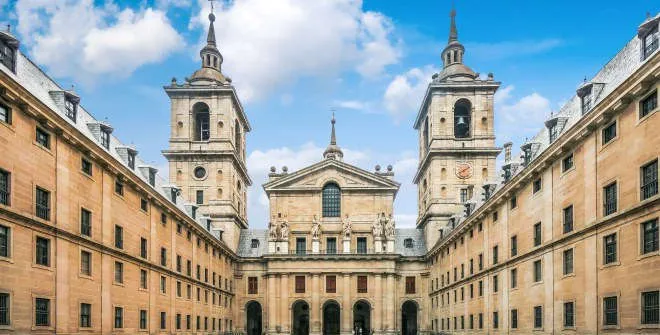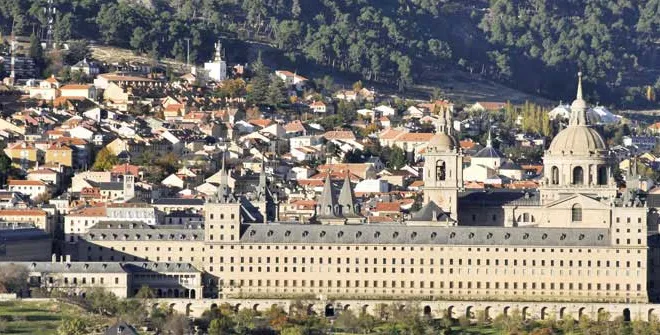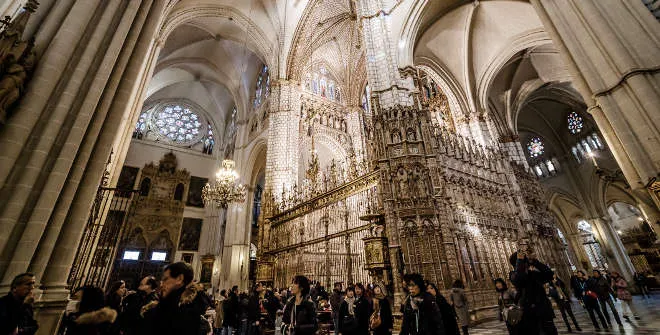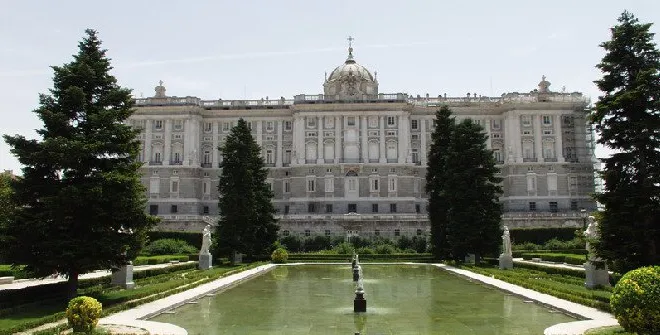Monastery of El Escorial
Information
Located in the heart of the Guadarrama Sierra (on one side of Mount Abantos), just 50 kilometres from Madrid, San Lorenzo de El Escorial is one of the main towns for cultural tourism in the area. Its principal attraction is the Monastery and Royal Residence of San Lorenzo de El Escorial, which was declared a UNESCO World Heritage Site in 1984.
Deeply affected by the death of his father, Charles V, in 1558 and in order to consolidate the House of Hapsburg in Spain, Philip II ordered the construction of the monastery. His aims were to ensure that his family would be remembered forever, to create a dynastic place of burial, and to offset the destruction of a church dedicated to St. Lawrence during the Battle of St. Quentin in France.
On 23 April 1563, the first stone was laid by order of Juan Bautista de Toledo, and after his death in 1567, Juan de Herrera took over the project. He gave it his own Herrerian-style architectural look and feel, characterised by the use of lines rather than overusing decorative elements that only distract attention from the building itself.
With an area of 33,327 square metres, the Monastery of El Escorial, as it’s widely known, is the monument that best sums up the ideological and cultural aspirations of the Spanish Golden Age. This is clear from the combination of Italian and Flemish artistic styles, both present at the behest of Felipe II.
A building with several functions, San Lorenzo el Real was first a monastery for monks of the St. Jerome order, with the church serving as a royal burial site. It also has a palace to house the king and his entourage, a school and seminary to keep the religious function of the monastery alive, and a library. To a certain extent, this set-up is still in place today.
Casa de Campo del Príncipe and Casa de Campo del Infante
On 3 December 2021, National Heritage reopened these two buildings that were used by the princes for recreation and rest. They had been closed since March 2020 for major refurbishment work.
The houses were built by Juan de Villanueva between 1771 and 1775 for the future king, Charles IV, and the son of Charles III, Infante Gabriel.
They can be visited in groups of up to 8 people, in addition to a guide, from Tuesday to Sunday until 6pm. The price is €3 for the Casa del Infante and €5 for the Casa del Príncipe.
Services
--
General: €12
Reduced: €6
Casa del Infante: €3
Casa del Príncipe Don Carlos: € 5
Free entry: Wednesdays and Sundays 3pm - 7pm











